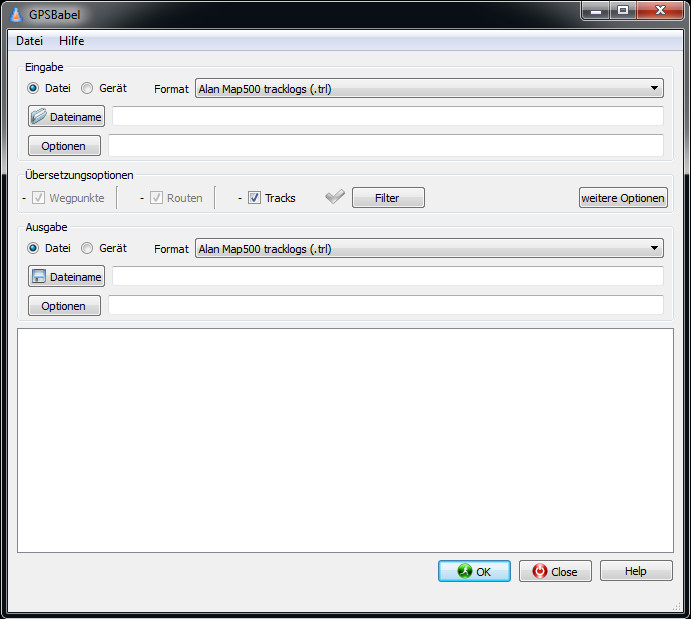
With a Unix box, proj and gpsbabel, I’m set for all my coordinate conversions. Invproj -E -r -f "%.6f" +proj=utm +zone=17 +datum=NAD83Ĥ843744 443025 -81.707611 43.744546 GoderichĬolumns 3 and 4 are the geographic coordinates – 43° 44′ 40.37″ N, 81° 42′ 27.40″ W in more familiar notation – which is in fact a location between Brock St and Newgate St in Goderich, Ontario. Thread: Gpsbabel-misc Lowrance output format Brought to you by: robertl. Feature type(s) Options: point,centroid,line,boundary outputname Name for output file or GPS device formatstring GpsBabel supported output format Default. To convert this to geographic coordinates, you’d invoke invproj (which goes from UTM to geographic) like this: That is, UTM northing,easting, followed by label. Say you had a waypoint stored (for Southern Ontario, UTM Zone 17, NAD83) like this: Selecting GPX XML will save it in the GPX format that can read by Google Earth and other GPS and GIS programs, but you can also save it directly in Google Earth’s native KML format as well. While it has a pretty hideous command-line syntax, the output matches Corpscon to the sixth decimal place. Next, select the kind of file you want the GPS data saved in the Output section using the dropdown selection.
#Gpsbabel output windows#
I used to rely on a powerful but oh-so-clunky Windows application called Corpscon, but I really didn’t want to be limited to Windows machines, and Corpscon really only works for North America.Īnd then I discovered proj.

I do a lot of work with UTM survey locations, and quite often I want to have them stored in my GPS.


 0 kommentar(er)
0 kommentar(er)
